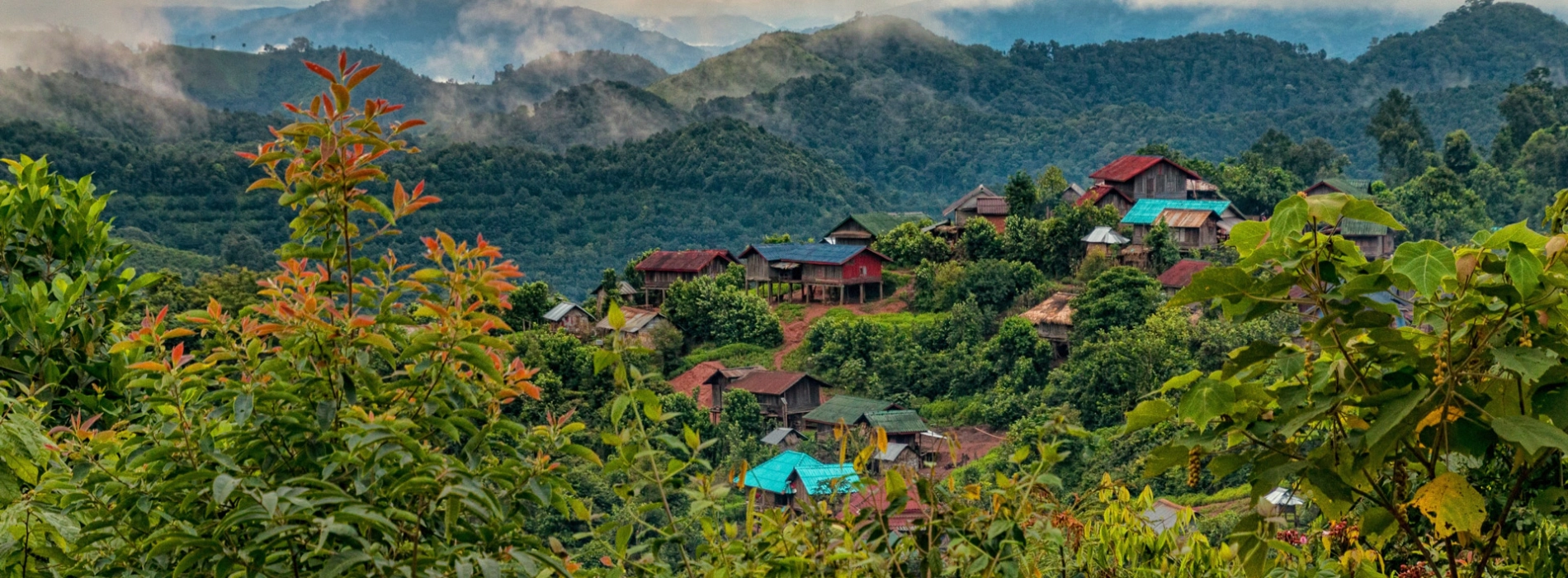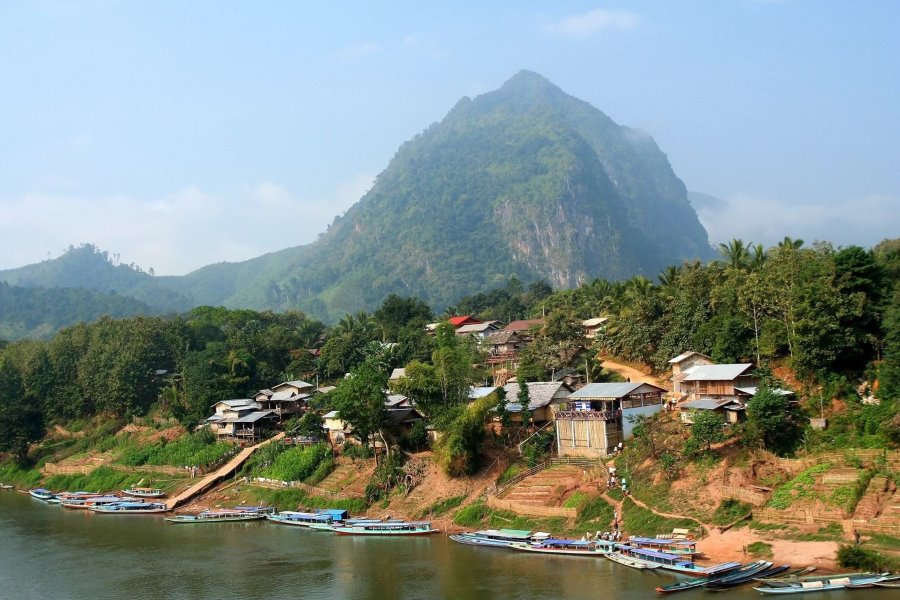



Luang Namtha is a district and the capital of Luang Namtha Province in northern Laos. The city lies on the Tha River. The Luang Namtha Museum is in the town. Wikipedia
November to February (Cool, Dry Season): Best weather — clear skies and comfortable temperatures (15–25°C).
March to May (Hot Season): Warmer (up to 35°C), drier landscapes.
May to October (Rainy Season): Heavy rains, lush green jungles but some roads and trails may be difficult.
By Air:
Luang Namtha Airport (LXG) has limited flights connecting with Vientiane and Luang Prabang.
By Road:
Bus or minivan from Luang Prabang (~5–6 hours) or from the Chinese border town of Mohan.
Roads can be rough during rainy season.
Nam Ha National Protected Area – Vast rainforest and biodiversity hotspot ideal for trekking, wildlife spotting, and cultural tours.
Ethnic Villages – Explore villages of various hill tribes like Akha, Hmong, Lanten, and Tai Lue.
Luang Namtha Town – Small, peaceful market town with a relaxed vibe.
Muang Sing – Nearby town known for its vibrant markets and ethnic diversity.
Pha Tang Viewpoint – Scenic viewpoint overlooking the Namtha River valley.
Trekking and Kayaking – Guided trips available through jungle and rivers.
Trekking through Nam Ha Protected Area with overnight stays in tribal villages.
Kayaking or rafting on the Nam Tha River.
Cultural homestays with ethnic minority communities.
Visit local markets for handicrafts and traditional foods.
Birdwatching and wildlife tours in the rainforest.
Mid-range:
Namtha Riverside Lodge – Comfortable riverside cabins.
Luang Namtha Guesthouse – Clean and central.
Budget:
Simple guesthouses and hostels in town catering to backpackers and trekkers.
Local dishes often feature sticky rice, river fish, fresh herbs, and spicy sauces.
Try traditional Lao cuisine with tribal influences.
Several guesthouses serve home-cooked meals as part of homestay experiences.
Small local eateries serve simple but tasty Lao staples like khao niao (sticky rice), larb, and tom yum-style soups.
Luang Namtha is a cultural melting pot with over a dozen ethnic groups living in the area.
The region is known for traditional weaving, crafts, and animist spiritual practices alongside Buddhism.
Homestays offer deep cultural immersion and support local communities.
Festivals often involve traditional dances, music, and rituals linked to the agricultural calendar.